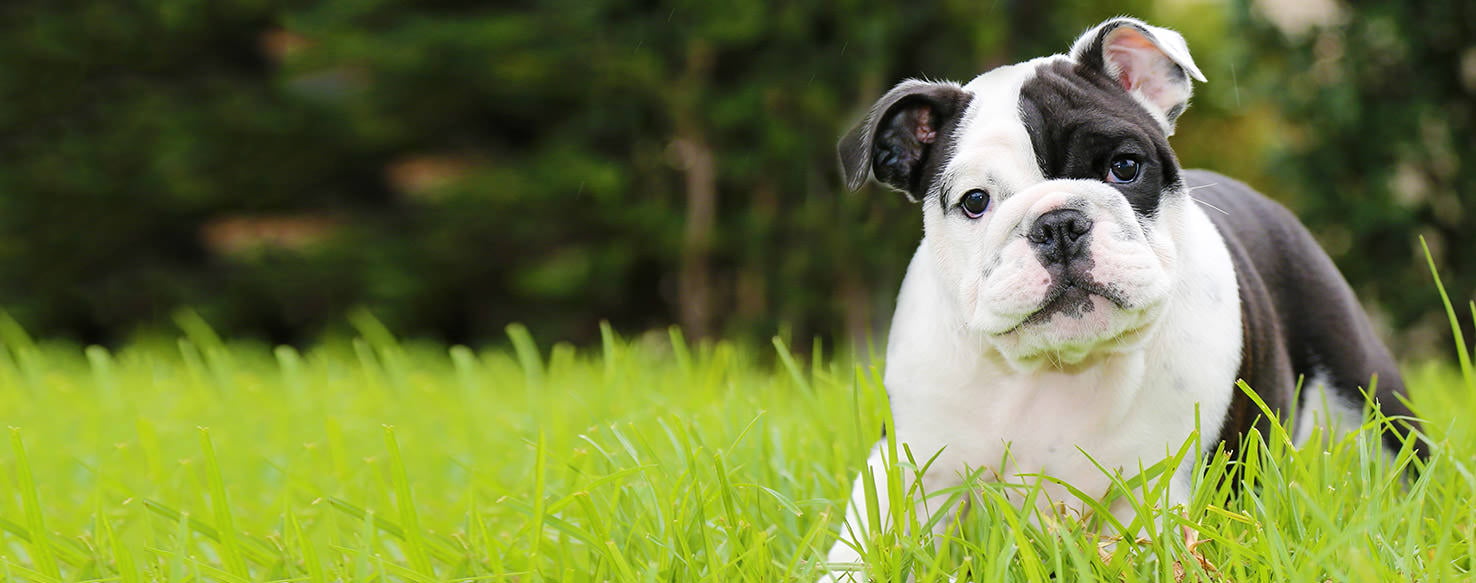Bright and colorful plants and flowers bordering your backyard property or adorning the patio can make every minute of the gardening tasks worthwhile. Although the landscape looks pleasing to the eye, there are hidden dangers within the garden that you may not be aware of. Curious canines explore with their mouths and may decide to sample greenery or a flower from a shrub as they survey their domain.
Not only can garden plants pose a danger, but poisonous houseplants must be considered as well. Pretty flowers and cuttings make a house feel welcoming and add needed color but have you ever asked yourself, “are my houseplants poisonous?”
For the full scoop on the hazards that both indoor and outdoor plants can present, read on.
1. Aloe Vera (genus Aloe Vera)
Commonly kept in the home because the gel of the leaves is an excellent salve for burns and cuts, the Aloe plant contains saponins and latex that can cause your pup to have gastrointestinal issues, including mucousy diarrhea. Consult the vet if symptoms persist because dehydration can result.
2. Amaryllis (Amaryllidaceae)
Do you have a pet who loves to dig while you are doing yard work? Amaryllis bulbsare typically planted eight to ten weeks before they bloom, leaving plenty of time for your furry pal to dig them up. The bulbs are highly toxic due to the presence of lycorine. Vomiting, abdominal pain, and tremors are just a few of the signs that your pup may have eaten a bulb while playing in the garden.
3. Calla Lily (Zantedeschia aethiopica)
The Calla Lily thrives both outside in warm climates and inside the home all over North America. Its uniqueness and beauty make it a popular addition to the garden or home. The Calla Lily contains oxalates and raphides that can cause the mouth and tongue to swell, leading to difficulty breathing and foaming at the mouth.
4. Daffodil (Narcissus)
Another bulbous flower, the Daffodil also contains lycorine, and in the case of this common garden plant, the leaves and flowers have oxalates that will cause intense pain in the lips, tongue, and throat when chewed and swallowed.
5. Dumbcane (Dieffenbachia)
A hardy, bright green houseplant, the Dumbcane may look innocent, but is far from it. Hospitalization can be required if your dog eats the leaves. Blindness and respiratory distress are two symptoms that can occur very quickly after consumption.
6. Hydrangea (Hydrangea species)
Cyanogenic glycosides are found throughout the Hydrangea plant, with the flowers and leaves being most toxic. Your pup may vomit and suffer from diarrhea, among other symptoms that will warrant veterinary care. Keep your four-legged friend well away from this dangerous plant.
7. Jade (Crassula ovada)
The Jade plant is a popular succulent found within the home; it’s a tough plant that can take neglect. Abdominal pain, lethargy and depression are a few symptoms that may be seen if your pup ingests the plant. This is one to keep out of reach as pet parents report that dogs seem to have an attraction for it.
8. Jimson Weed (Datura stramonium)
Jimson Weed is mostly found in fields and empty lots but deserves mention for pet parents who let their dogs run in open or wooded areas. Eating the seeds of this plant can inhibit nerve and muscle reactions leading to paralysis of bodily systems and eventually death. Beware if you have open terrain nearby and take caution when your dog is roaming about.
9. Oleander (Nerium oleander)
A beautiful plant that can grow to over six feet in height, not only is the Oleander deathly poisonous to dogs but is also dangerous for other animals to consume – even humans. While the roots and stems are the most toxic part of the plant, ingestion of a single leaf can bring dire consequences. This is a plant to think twice about before planting in your garden. If you have an Oleander, monitor children and pets at all times when outside. Drowsiness and lack of coordination can lead to collapse and death.
10. Philodendron (genus Philodendron)
Philodendrons are toxic houseplants that have large leaves containing oxalates which cause stinging oral pain when the plant is eaten. Despite this, many dogs will keep on chewing past the pain, leading to difficulty swallowing, hoarse barking, and labored breathing. You may have to take your pet to the veterinary clinic to have their mouth flushed with water.
11. Rhododendron (genus Rhododendron)
The Rhododendron is not to be confused with the Philodendron, the poisonous houseplant. Rhododendrons contain nectar, flowers, and leaves that are highly toxic. Symptoms like inability to stand, vision loss, seizures and coma. Death can occur in one to two days. Hospitalization and supportive care for your pet are essential.
12. Rhubarb (Rheum rhabarbarum)
If you are a gardener who likes to grow fruits and vegetables, Rhubarb is one plant that you cannot let your dog sample when they walk the garden with you. The large leaves are bitter and cause pain when chewed, but if enough is consumed, your dog can experience symptoms as severe as blood in the urine and cardiac arrhythmia.
Additional Hazards
Don’t forget to add gardening and houseplant natural fertilizers to your list of hazards for your pet. For example, bone meal and blood meal, typically added to the soil as a way to enrich it, can be dangerous for your dog to consume.
Bone meal, when eaten in large quantities, can form to be like a rock in the stomach, potentially causing a life-threatening blockage of the intestines. Blood meal contains amounts of iron dangerous if eaten in excess. As well, both products can contain mold and bacteria that will make your dog sick.
Don’t be afraid to let your pup into the yard, but do not leave them to their own devices. Their innate curiosity may cost you an expensive trip to the vet or even worse, the death of your dog.


